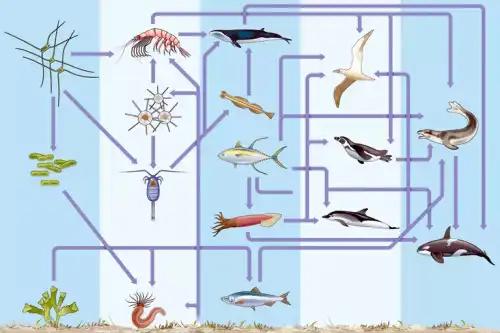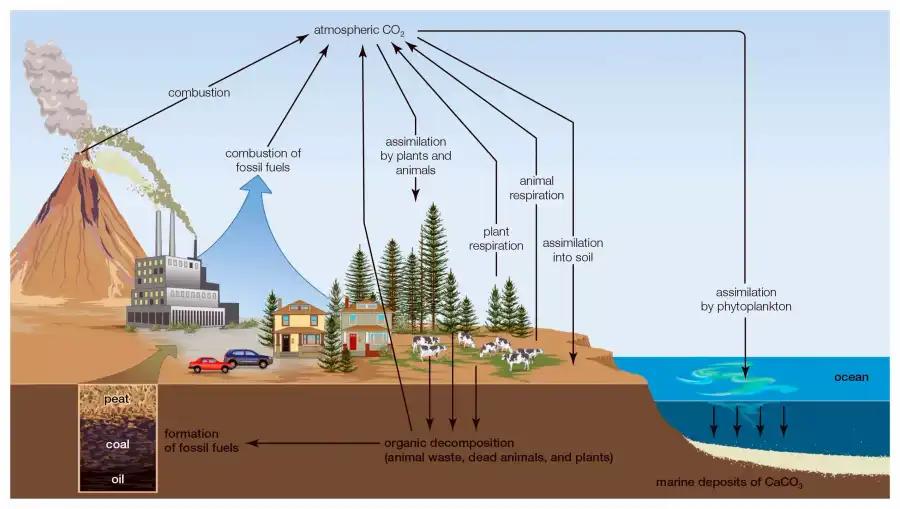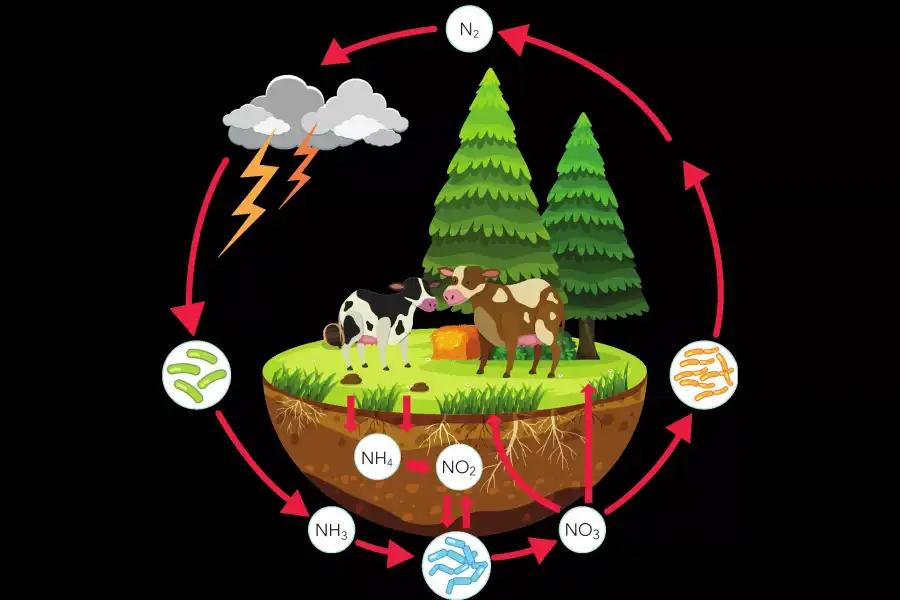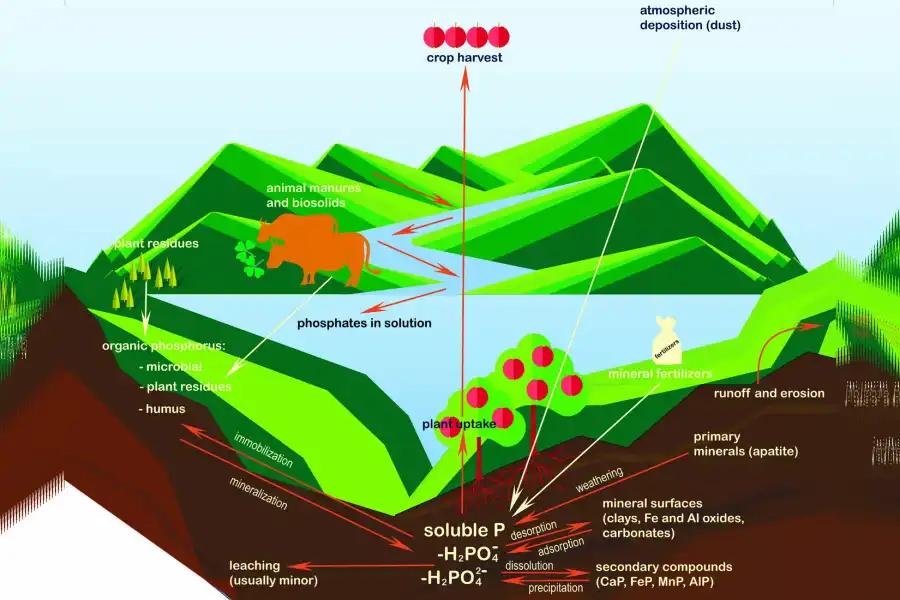How Nutrients Cycle Through the Environment
Curated from: thoughtco.com
Ideas, facts & insights covering these topics:
7 ideas
·1.86K reads
5
Explore the World's Best Ideas
Join today and uncover 100+ curated journeys from 50+ topics. Unlock access to our mobile app with extensive features.
Nutrient Cycling
The planet’s ecosystem has many cycles, like the water cycle or the seasonal cycle, and one of the most important ones is the nutrient cycle. This is a biogeochemical cycle involving both living and nonliving components, describing the use, movement, and recycling of nutrients in the environment.
The various global and local cycles of nutrients involve valuable elements like oxygen, carbon, hydrogen, nitrogen and phosphorus.
85
598 reads
The Carbon Cycle
- Carbon is the backbone element of all organic polymers, and we are ourselves known to be carbon-based life forms.
- The movement of CO2 and other carbon compounds through biological components is known as the fast carbon cycle.
- The abiotic components like rocks, soil and oceans also circulate carbon compounds taking as much as 200 million years and is known as the slow carbon cycle.
87
280 reads
Steps Of The Carbon Cycle
- Removal of CO2 from the atmosphere by plants and bacteria.
- Generation of organic molecules, and building of biological mass in plants.
- Consumption of plants by animals.
- Respiration of animals restoring the CO2 in the atmosphere.
- Dead and decaying organic matter getting decomposed.
- Burning of organic matter releasing CO2 in the environment.
- Fossil fuel combustion, volcanic eruptions and erosion returning CO2 in the atmosphere.
85
243 reads
The Nitrogen Cycle
Nitrogen is an essential component of biological molecules like amino and nucleic acids, but most living organisms cannot use the element in its pure form and need a derivative component, NH3(ammonia) to be able to synthesize organic components.
84
210 reads
Steps Of the Nitrogen Cycle
- Nitrogen (N2) is converted in ammonia (NH3) by bacteria in water and soil, and subsequently converted into nitrite and its derivatives.
- Plants get nitrogen from the soil through the roots, producing organic compounds.
- Animals absorb nitrogen by eating the plants.
- Decomposed plants and animals, along with the solid waste return nitrogen into the soil.
- Bacteria convert ammonia into nitrite and nitrate.
- These compounds are then converted into pure nitrogen by nitrifying bacteria, taking it back into the atmosphere.
86
165 reads
The Oxygen Cycle
Photosynthesis in plants takes care of the production of most of the oxygen.
Plants make use of sunlight, water and carbon dioxide to produce glucose and oxygen, which is used by animals(respiration and consumption of plants). Oxygen is then removed from the atmosphere by the process of decomposition.
81
175 reads
The Phosphorus Cycle
A component of certain biological molecules like phospholipids, DNA and adenosine triphosphate (ATP), phosphorus is circulated in the environment through the soil, water rocks and living organisms.
It is found organically as phosphate ion and is added to the soil and water through natural weathering of rocks. It is absorbed from the soil by plants, which are in turn consumed by animals, getting back into the soil by the process of decomposition.
82
194 reads
IDEAS CURATED BY
Carina 's ideas are part of this journey:
Learn more about personaldevelopment with this collection
Cultivating a growth mindset and embracing challenges
Developing adaptive thinking and problem-solving skills
Effective learning frameworks and approaches
Related collections
Similar ideas
4 ideas
How Photosynthesis Captures Light and Powers Life on Earth | HowStuffWorks
science.howstuffworks.com
4 ideas
Nanosilver: Naughty or nice? | Science News for Students
sciencenewsforstudents.org
1 idea
Read & Learn
20x Faster
without
deepstash
with
deepstash
with
deepstash
Personalized microlearning
—
100+ Learning Journeys
—
Access to 200,000+ ideas
—
Access to the mobile app
—
Unlimited idea saving
—
—
Unlimited history
—
—
Unlimited listening to ideas
—
—
Downloading & offline access
—
—
Supercharge your mind with one idea per day
Enter your email and spend 1 minute every day to learn something new.
I agree to receive email updates




